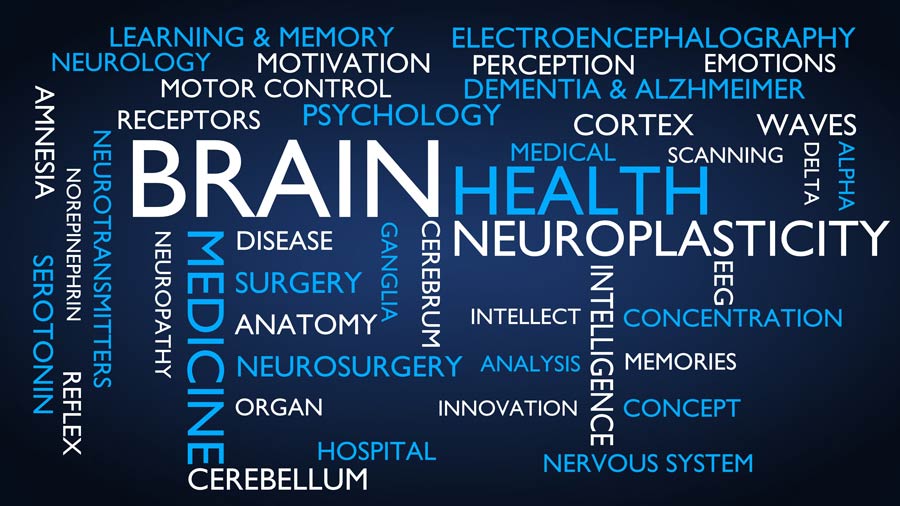
What is Neuroplasticity & Why is it Important
It is assumed by many that each of our sensory systems (eyes, ears, and inner ear) works independently. It appears as if each sensory organ is specialized for a particular task and has its own independent framework of neurological pathways that manages its individual function, however, this is not true. In reality, our eyes, our ears, and our inner ear (balance), each receives information from the other two at all times. It is imperative that the intimate and complex communication network between all of these three major systems is smooth and efficient for the brain to process information accurately. This means that sensory integration (all these systems working together) is vital for optimal neurological function.
Does the brain have the ability to alter itself?
Yes, aspects of our brain adapt to morphological changes, environmental pressures, and experiences throughout our lifespan. The ability of our brain to rewire itself by modifying or reorganizing neural pathways is known as neuroplasticity. It is this dynamic property of the human brain that may help recovery from a disease or a traumatic injury. For instance, if one part of the brain fails, the healthy part may compensate by assuming some of its functions. It does this by generating new connections between intact neurons and rerouting signals along different pathways. To reconnect, the neurons need to be stimulated through activity.
How does integrating visual stimulation, acoustic stimulation, and movement help the brain?
These 3 sensory systems play a fundamental role in our ability to receive, learn, and interpret new information and experiences. Since these systems are interrelated, processing these modalities simultaneously as a unified experience requires our brain to adapt to multisensory integration. Simultaneous multisensory input challenges the brain to develop new and reinforce existing neural pathways, thereby enhancing its efficiency and performance.
What role does repetition play in neuroplasticity?
Repetition is vital to harnessing neuroplasticity. Every time a skill is performed, our brain refines the neural pathway. It is plasticity that enables our involuntary reflexive movements as infants to become voluntary coordinated movements and then automatic through repetitive practice. Research studies have demonstrated that our cerebellum is the key in this automation process.
The cerebellum is located at the base of the hindbrain. It contains more neurons than all the remaining parts of the brain combined, and their arrangement allows for rapid circuitry with regions of the brain involved in sensory systems, cognition, language, and emotions.
Integrated Listening Systems (iLs) multisensory programs stimulate cerebellar activity in a non-invasive and drug-free manner. These programs strengthen neural connections and help improve cognitive, language, and social abilities.
If you have any qustions or would like to schedule an appointment for Neuroplacticity Training then please contact Junkyard Training and we would be happy to help!
4-8-2021
